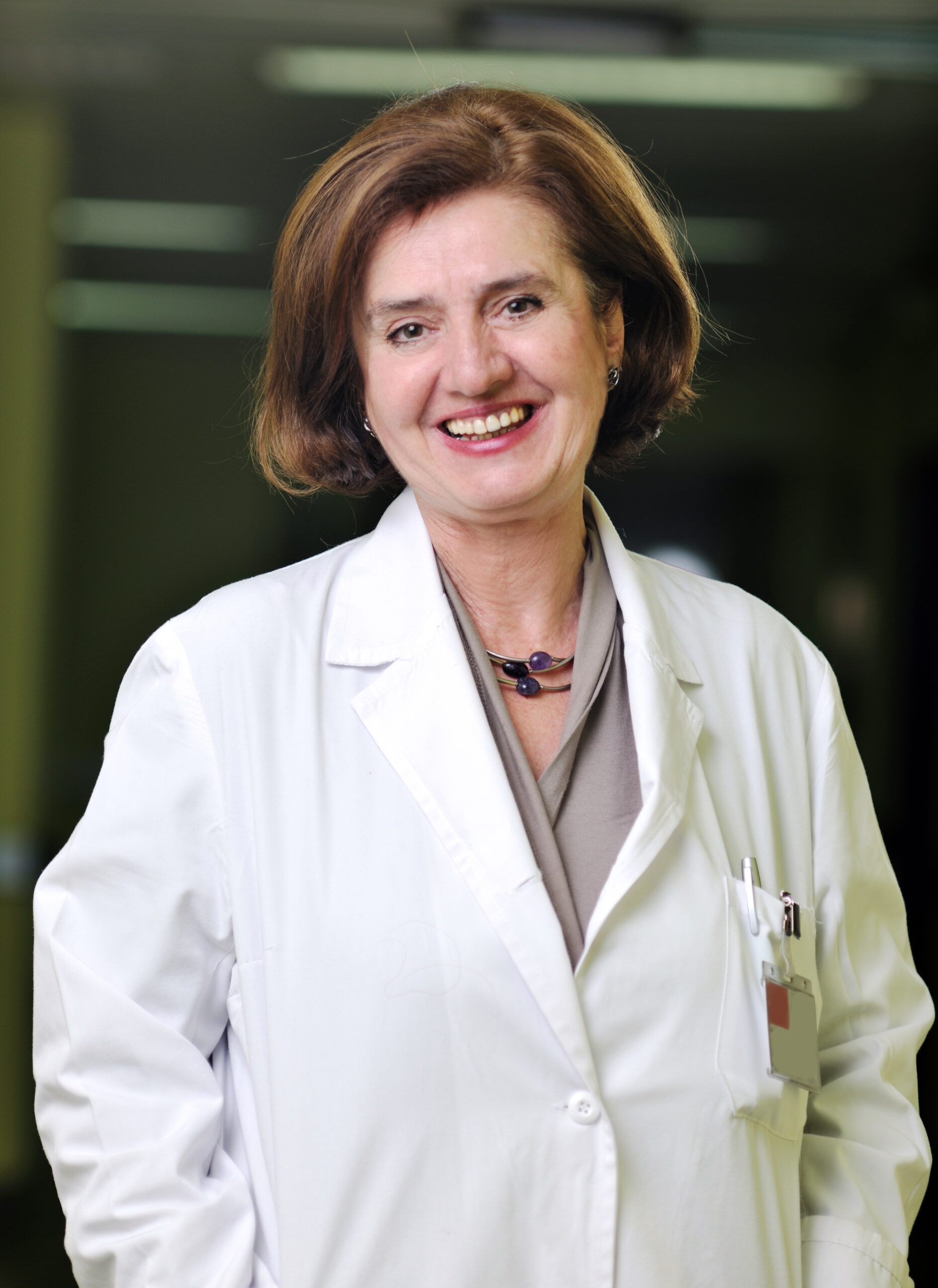Flexible Sigmoidoscopy in Texas
What is a flexible sigmoidoscopy?
A flexible sigmoidoscopy is an endoscopic exam involving a slender, pliant hose with a scope attached that is inserted through the rectum and into the lower section of the large intestine. Because of this, it is a limited analysis of a specific portion of the colon. Attached to the scope are a camera and light, which allow the gastroenterologist to check the lining of the colon for abnormalities. There are several reasons for your GI specialist to order a sigmoidoscopy, including:
- Diagnosing the reason for GI issues like:
- Bleeding
- Pain in the abdomen
- Diarrhea
- Unusual x-ray results
- Screening for colon cancer and polyps
If you are suffering from problems related to the symptoms listed above, please request an appointment with Texas Digestive Disease Consults to learn about flexible sigmoidoscopy procedures in Texas.

What is involved in preparing for a flexible sigmoidoscopy?
Your local provider will give you instructions on what you need to do to prepare for your flexible sigmoidoscopy exam. Patients will commonly be restricted to only clear liquids the day prior to the procedure. You may have a few different choices for laxatives to help clear out your bowels. It is critical that you adhere to the guidelines laid out for you by your Texas Digestive Disease Consultants provider. You will also receive directions on what to do with any medications you are taking. Most patients will be able to take their medications normally. Some patients, especially those with diabetes and those taking blood thinners (like Plavix®, Coumadin®, warfarin, aspirin, or other anti-inflammatories), will receive specific instructions regarding their medications. Except for most medications, you will be advised not to take anything by mouth after midnight.
What can I expect when I go in for my flexible sigmoidoscopy?
Your provider will ask you to get to the endoscopy center 1 – 1.5 hours prior to your test so you can fill out the necessary paperwork and get ready for the procedure. You will need to change into a medical gown. An intravenous (IV) catheter is usually not included in the procedure, as sedation is often unnecessary for this exam. The doctor and staff may connect you to equipment in the exam room to allow them to monitor your blood pressure, heart rate, and oxygen both during and after the test.
After entering the exam room, you will lie down on the stretcher on your left side. The provider will then conduct a rectal exam. After that, they will carefully guide the sigmoidoscope into the rectum, slowly moving it through the sigmoid colon. The scope will inject a small amount of air into the colon to assist the doctor in examining the surroundings of the intestine. The physician can also use the scope to wash and suction out fluid in the colon. Based on the test’s findings, they may take the opportunity to conduct additional procedures, including biopsies, managing bleeding, and removing polyps. When the exam is done, the scope will be used to take out most of the air and fluid still left in the intestine. The full exam may take 5 – 15 minutes, depending on the results.
As there is usually no sedative involved in a flexible sigmoidoscopy, most patients are able to leave the endoscopy unit shortly after the test. If you were not sedated, you should be capable of driving and going about your usual business afterward. While the majority of individuals are able to consume food and drinks normally after leaving the test location, you should receive instructions from the staff regarding eating, exercise, and medication after the procedure. The physician and/or nurse will explain the results of the examination to you, and you will be given a typed report to take home. If there was a biopsy, your provider at Texas Digestive Disease Consultants will reach out to you with the results within a week.
Should I be concerned about my flexible sigmoidoscopy?
Overall, flexible sigmoidoscopy is safe for patients. Fewer than 1 percent of individuals experience complications as a result of the procedure, with most problems not being life-threatening. There is a chance, however, of a development that could result in surgery and hospitalization. A member of the nursing staff will go over a consent form with you before the procedure starts. If you have any questions or concerns, you can discuss them with your provider before starting the exam.
Bleeding is a possibility with biopsies and polyp removal. Bleeding severe enough to require hospitalization or a blood transfusion is unlikely. However, bleeding could happen during the exam or up to two weeks later if a polyp is extracted.
Puncture of perforation of the colon is also a possibility. Your provider may notice this during the procedure, or it may not become evident until later on. In many cases, a puncture could necessitate surgery and hospitalization. This is a rare occurrence, even when polyps have been extracted. It is vitally important that you contact your provider’s office right away if you notice symptoms like bleeding, fever, or increased abdominal pain.
As with any other medical test, a sigmoidoscopy is not without flaws. There is a small but recognized risk that signs of disease, including polyps or cancer, may be missed while the exam is being done. You should follow up with your gastroenterologist as directed and tell them about any symptoms you experience following your procedure. If you have any questions or concerns not addressed here, speak with a local provider through Texas Digestive Disease Consultants to request a consultation.
What are some alternatives for a flexible sigmoidoscopy?
Your options will depend largely on the reason why you need to have the sigmoidoscopy to begin with. These options include various x-rays that are able to examine the intestines, such as a virtual CT scan or barium enema. However, these are just diagnostic tools. If they find any abnormalities, you may need to follow up with a sigmoidoscopy, colonoscopy, or surgery. Contact Texas Digestive Disease Consultants to learn more about alternatives to a flexible sigmoidoscopy in Texas.
Hemorrhoid Banding FAQs
How can I prepare for hemorrhoid banding?
Often, there is nothing you ’ll need to do prior to your hemorrhoid banding procedure. Your gastroenterologist will likely discuss all of the prescribed and over-the-counter medications and/or health supplements you use, so we recommend keeping a list written down. Following the procedure, you should have a trusted friend or family member willing to help with daily tasks to avoid additional strain while you heal. Additionally, it’s essential to follow pre- and post-treatment directives given to you by your Texas Digestive Disease Consultants provider.
Is hemorrhoid banding a safe process?
Just like any other procedure, there will be a small chance of risk associated with hemorrhoid banding, including recurring hemorrhoids, infection, and bleeding. However, our gastroenterologists work diligently to help avoid these risks. We work closely with you to set you up for a successful recovery process.
Will I be able to work after my hemorrhoid banding?
In most instances, it is okay to return to work following your procedure. Our GI providers advise that you stay away from manual labor or strenuous activity right after your procedure, but those with a desk job can usually get back to work after the treatment.
Does hemorrhoid banding hurt?
Your GI specialist’s aim is to ensure you are as comfortable as possible. Your gastroenterologist will use a local anesthetic to minimize pain during the procedure; however, you may experience some discomfort both during and after your hemorrhoid banding.
